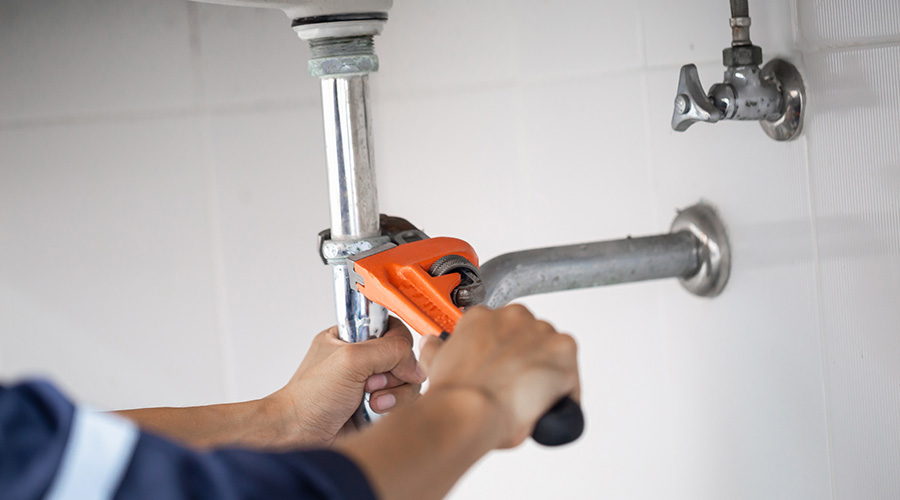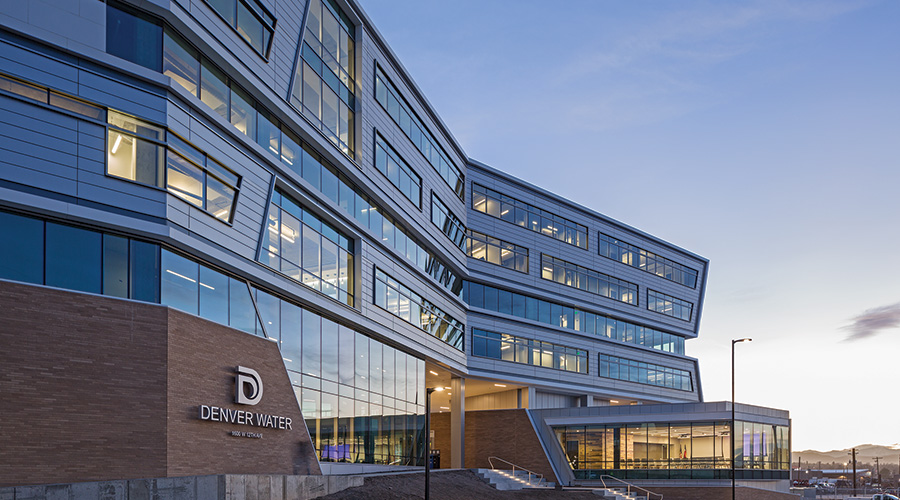Water Conservation: Use Utility Bills to Establish Baseline
With the growing need to reduce water use, maintenance and engineering managers might wonder which areas of facilities to focus on first. Institutional and commercial facilities use vast amounts of water via an array of systems, many of which are inefficient at best and obsolete at worst.
While each facility is unique, the motivation for improving water efficiency is not. Using a strategic approach to water management, managers can align facility performance goals and implementation and, ultimately, improve the organization’s overall water efficiency.
Establish a Baseline
Before performing a plumbing retrofit with the latest and greatest water-efficiency technologies, managers need to understand the way a facility is performing in terms of water efficiency. The first step in this process is establishing a baseline for water use from current utility bills.
For example, compile the last five years of utility bills and document water use for each month in a format that enables a comparison from year to year. Set the first year as the baseline. If the facility has implemented water-efficiency measures in the past five years, compare current use against this baseline to determine how much the facility has improved.
Related Topics:













